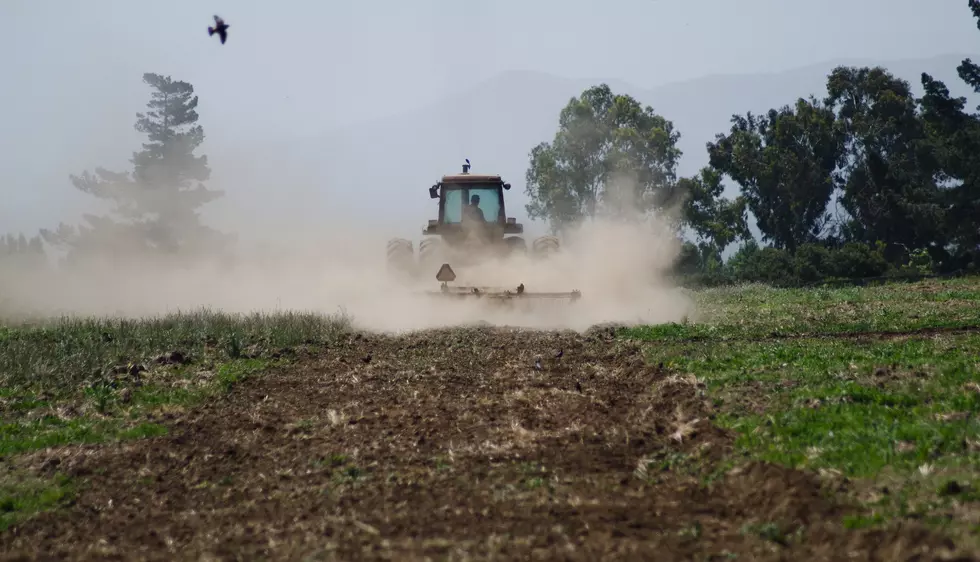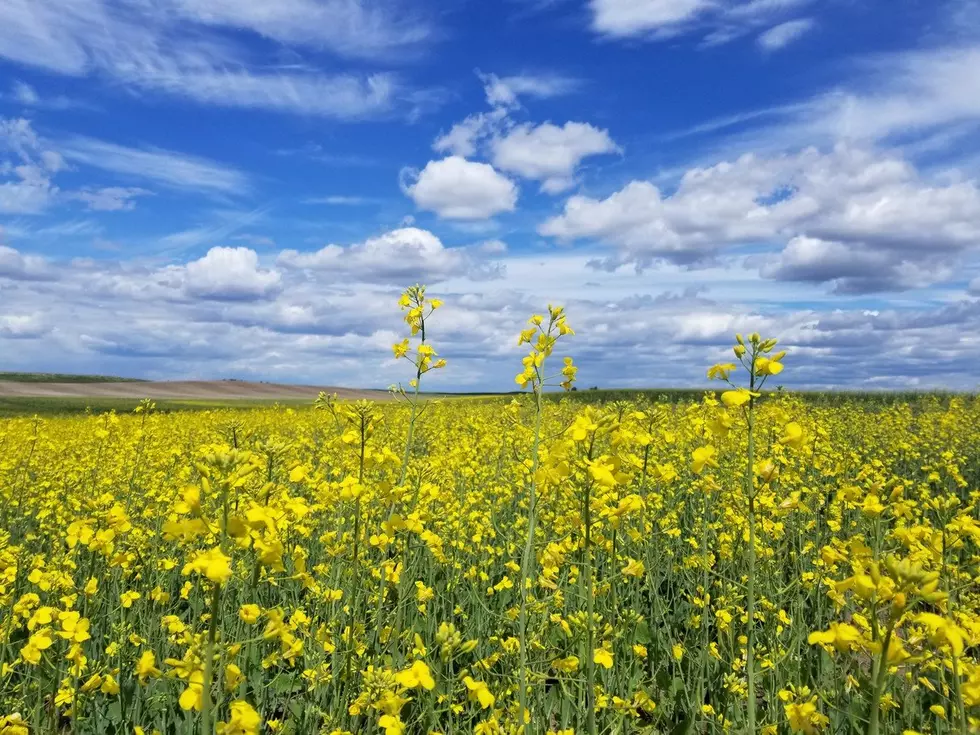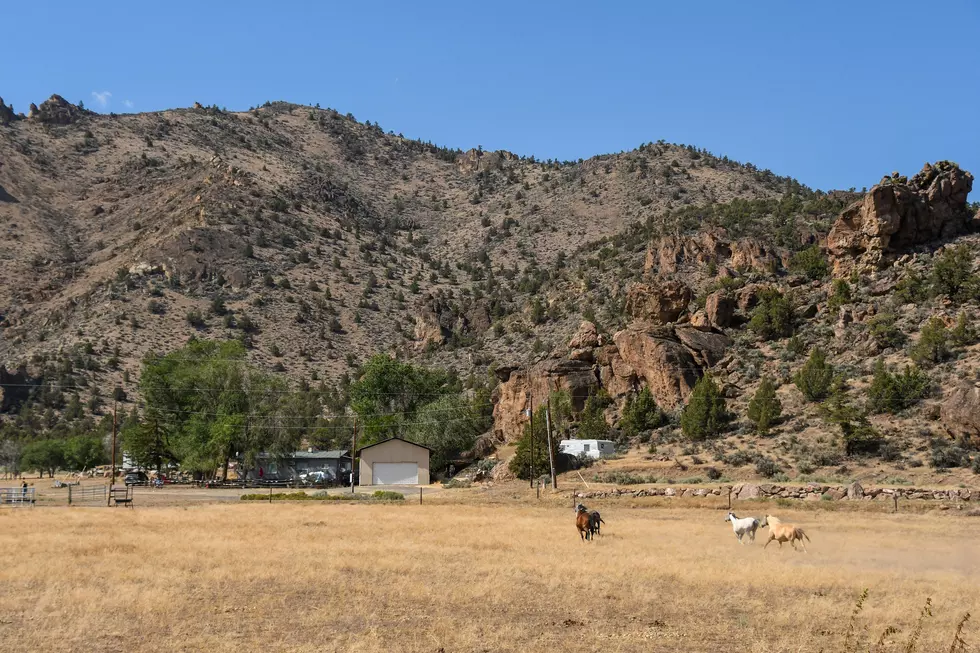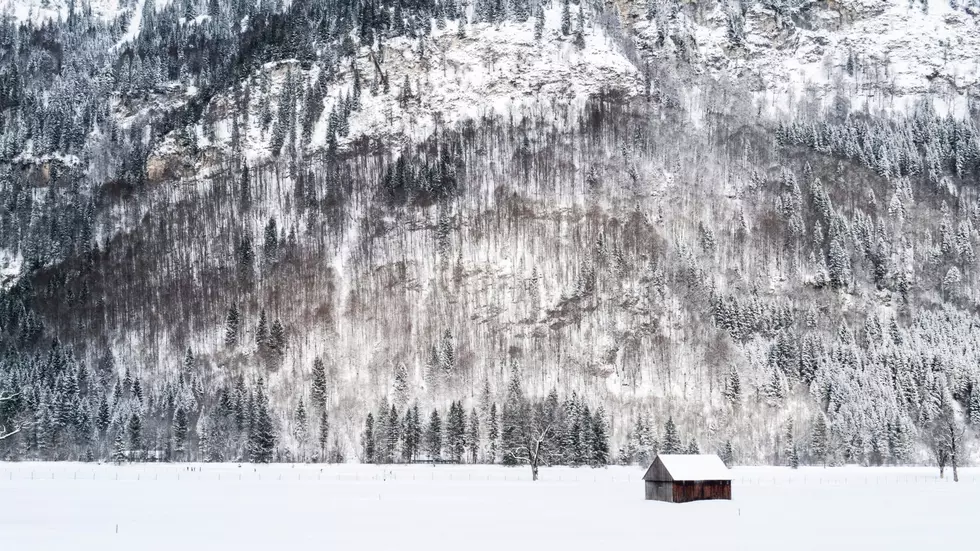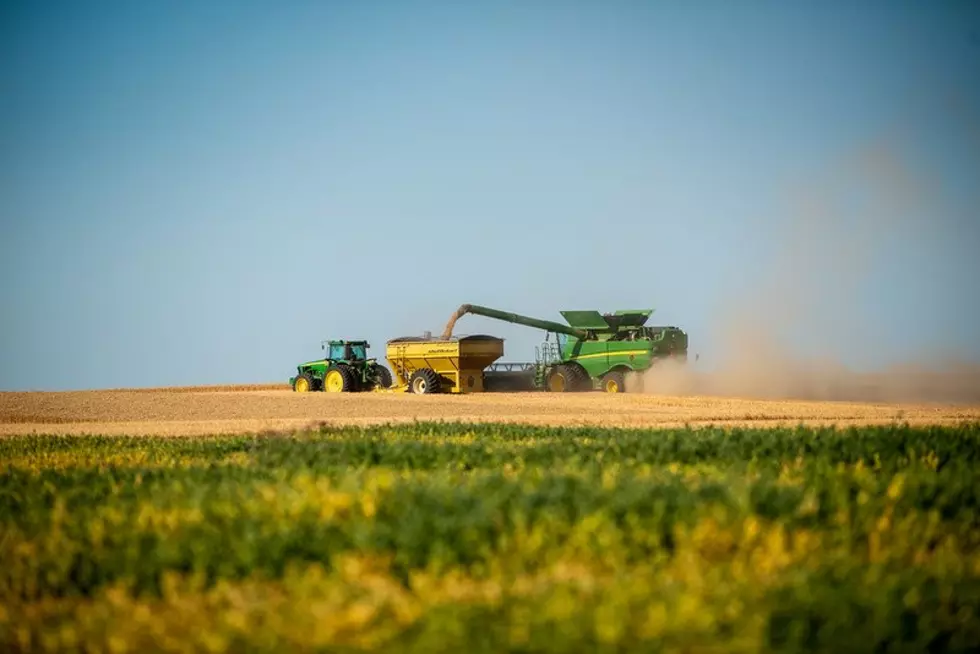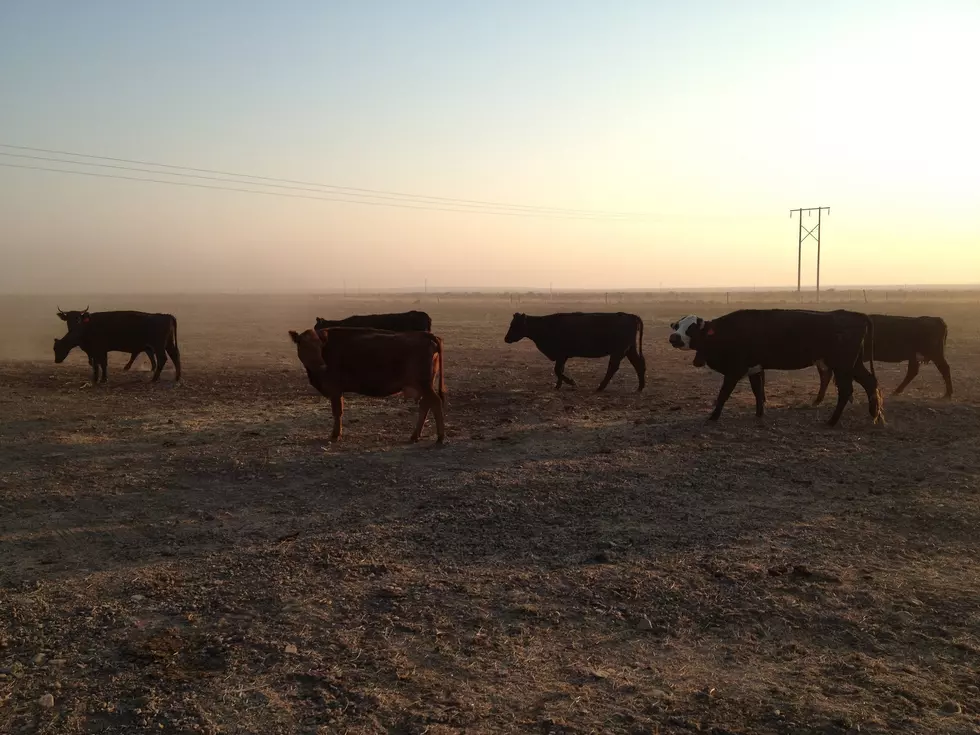
Idaho, West Needs Rain, Snow To Overcome 2020-21 Water Year
The current water year is roughly three weeks old, but the Northwest is still suffering from the impact of the previous water year. Erin Whorton with NRCS-Idaho said the 2020-21 water year was the 10th driest since 1895. She noted the water year started off with great snowpacks across the Gem state, but when spring hit, the precipitation came to a halt.
“We had the 2nd driest spring on record, in Idaho, Washington and Oregon. So everyone who was relying on that precipitation through March, April and May, just didn’t see the normal pattern that they rely on. And then we got hit with a double whammy, we had record high temperatures this summer, and so the hot dry conditions just made it really, really tough for agricultural producers.”
Whorton noted the summer of 2021 was challenging for those with irrigation, and extremely difficult for dryland producers. And the difficulties of 2020-21 means this water year is starting in the black in many ways, with drought conditions remaining for much of the west coast.
So, what does Idaho, and the rest of the region need to try an overcome the challenges of last water year as the new water year gets underway? Whorton said first the area needs sizable fall rains to start soon, so the soil can be saturated before the winter freeze sets in.
“And then we need a big snow year. We need a lot of runoff from snowmelt, because last year we had the advantage where our reservoirs had a lot of carryover, meaning they started the water year relatively full. But this year we’re coming in with very low reservoir carrying capacity, so we really need a big snow year and a lot of rain to make up that difference.”
Whorton noted at this point it looks like there will be relief for the panhandle of Idaho thanks to La Niña, but for the southern portion of the state, the relief is harder to determine at this point.
If you have a story idea for the PNW Ag Network, call (509) 547-1618, or e-mail gvaagen@cherrycreekmedia.com
More From PNW Ag Network
